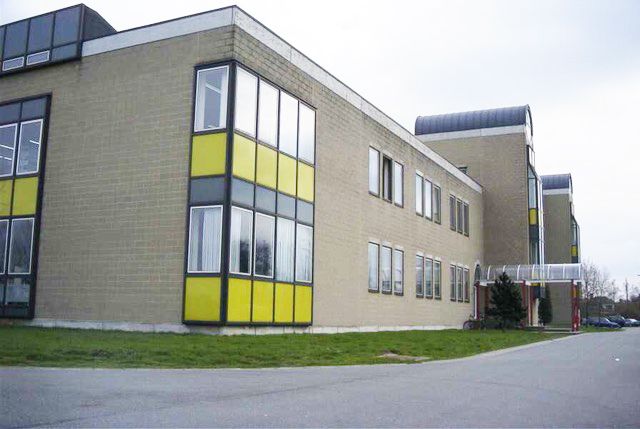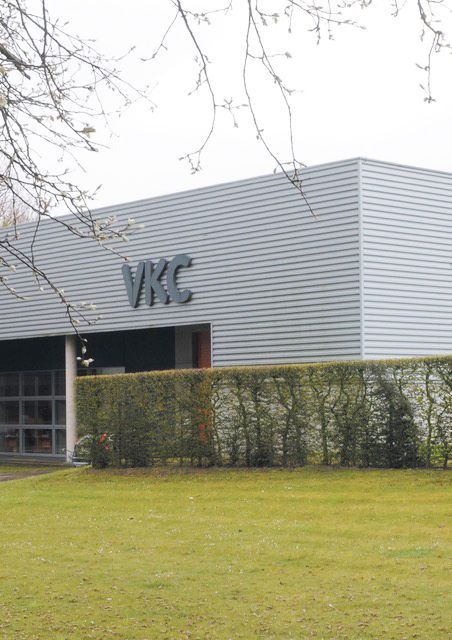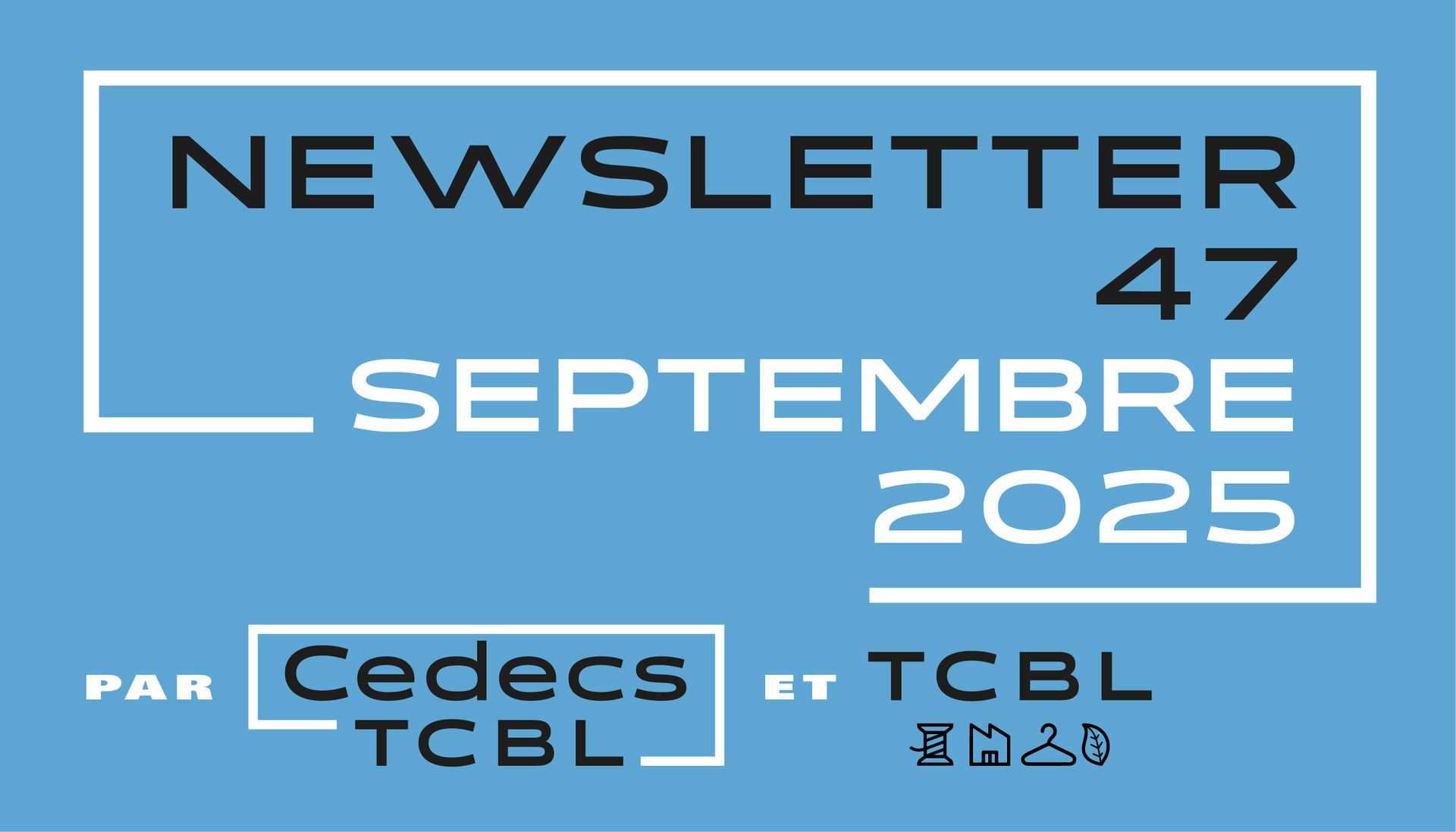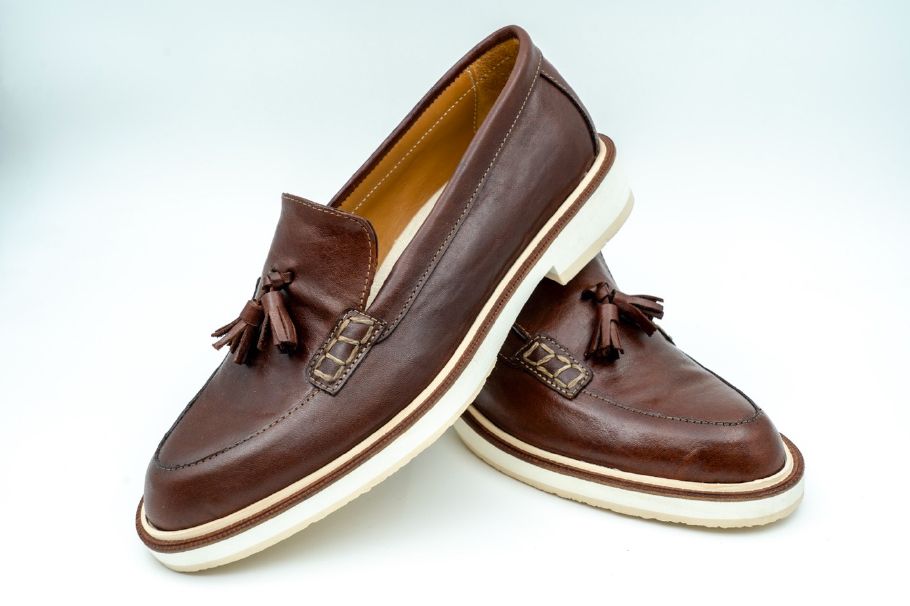
During a recent visit to Belgium, Frédérique Thureau, head of Cedecs-TCBL, visited two Centexbel labs to learn more about their latest work in bio-based textiles. This is her report.
Visiting two Centexbel labs in Kortrijk and Ghent provided the opportunity to reflect on the importance of technological centers for fellow researchers, partners, SMEs and industry clients of the Textile and Clothing sector.
Even if each of these Centexbel labs is fairly specialised, what was most striking was the level of human expertise required to make all those machines “work”. In fact, researchers and engineers are working hand in hand to design tests and provide the best usage of the equipment. Researchers and engineers carefully co-design procedures choosing criteria for success and number of iterations.
Kortrijk Lab is dedicated to melt spinning and extrusion, which transforms polymers into filaments. Human expertise lies in the careful recipes that will decide the right filament for a given application, its diameter, length, uniformity or weight, elasticity. Each recipe starts with dry and premium resources, continues with heat and speed, and requires specific settings of the machine and human eyes and hands to check the batch and iterate. Bio-based polymers are more delicate to work with as they come often from less controlled, seasonal sources such as food waste, wood or agricultural products and textile specific variants are not always available.

The lab in Ghent is dedicated to chemical, physical and fire analysis, certification and coating. Textile chemical analysis helps detect the composition or defects of all textiles e.g. of wools from varied origins, or of complex hybrid fibers. Resistance to washing, drying, ironing or humidity - sweat, temperature, day and night lights, presence of volatile components are among the simulations to guarantee the durability of a textile, essential for a wide range of applications such as clothing or furniture. Dyeing or coating with conventional and advanced processes, some of them including droplets 20 times thinner than a hair, are used to develop and optimize innovative products, later to be scaled by the industry. Beyond these investigations, human expertise lies here in the design and interpretation of modelisation results, in order to reach the best trade-off between compliance, climate-positive options and costs.
As the coordinator of the HEREWEAR research project, both Centexbel labs supported the spectacular progress of making bio-based filaments for weaving and knitting over 70 prototypes and produce them in small series, results that constitute one part of the necessary shift of the T&C sector to circular and local production. Read more about Centexbel contributions to bio-based material experimentation in the HEREWEAR Hub.
More on Centexbel
Centexbel is Belgium’s leading research and expertise center for textiles and plastics. Founded in 1950, it supports innovation through applied research, testing, certification, and consultancy. With a strong focus on sustainability, Centexbel helps companies develop eco-friendly materials and processes, including biobased textiles, recycling, and circular design. Its state-of-the-art labs offer durability, chemical, and performance testing, while its experts guide businesses in meeting European regulations and quality standards. As a trusted partner in the textile and plastic converting industries, Centexbel bridges science and industry to foster safer, smarter, and more sustainable products.












